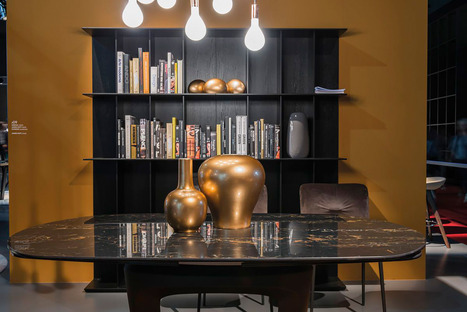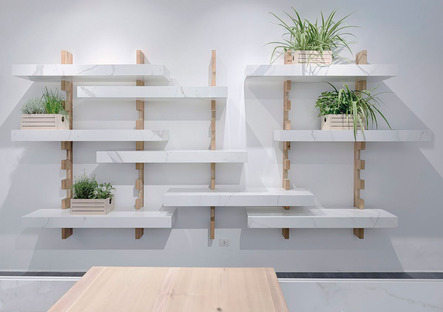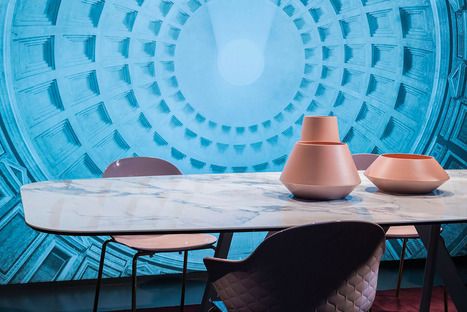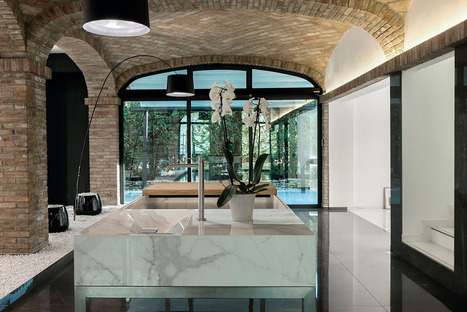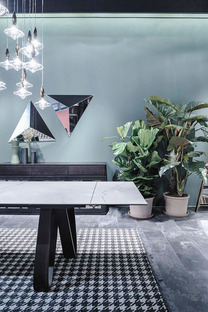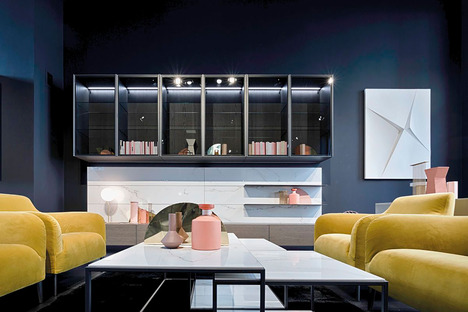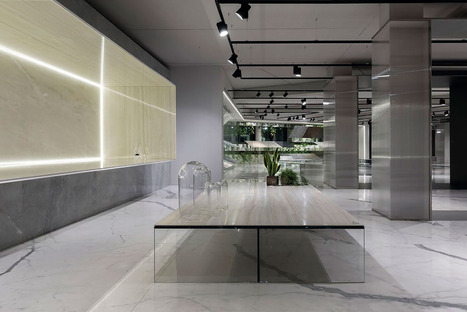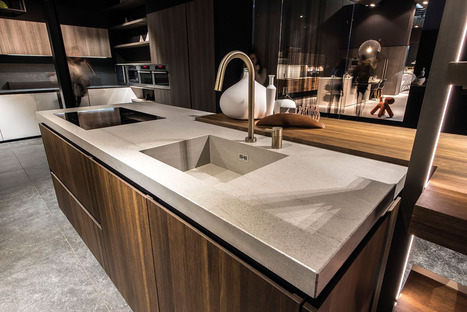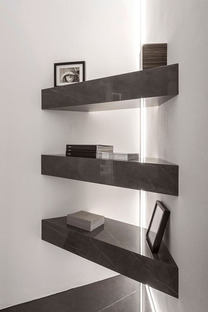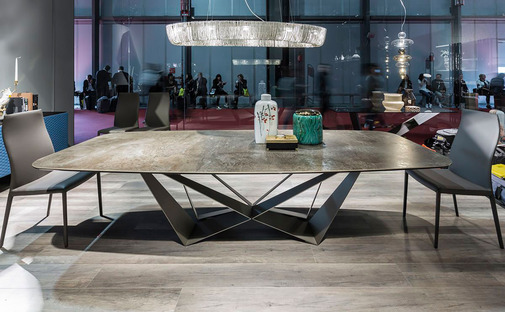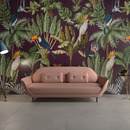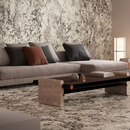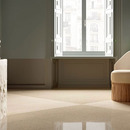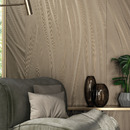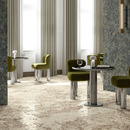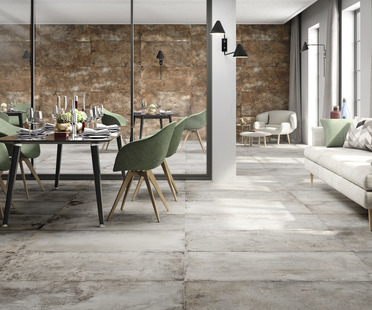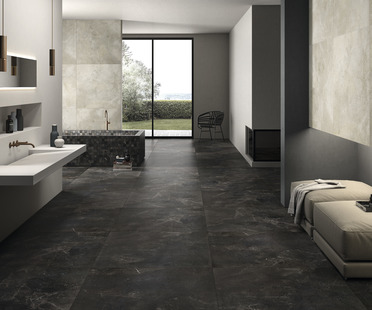21-08-2018
Ultra Ariostea: porcelain stoneware design applications
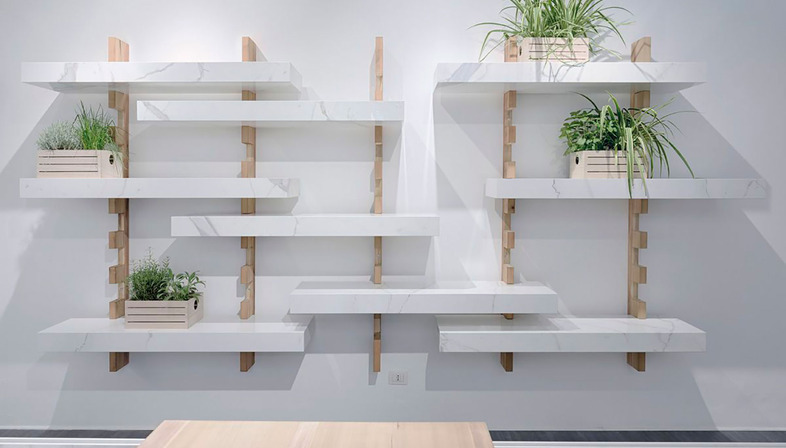
While porcelain stoneware is known as the best material for indoor and outdoor surfaces, its possible applications go well beyond its traditional use for floors, walls and surfaces.
Indeed, thanks to its versatility, today porcelain stoneware is used for items of furniture, products and installations, including curved and backlit surfaces.
The superior performance of solid porcelain stoneware allows it to be used in a higher number of applications: in actual fact, its lightness and durability represent the real strength of a product whose technical and aesthetic characteristics are unparalleled, as it is the case with the ceramic products of Iris Ceramica Group, world leader in the field thanks to its several brands.
What are the innovative technologies that brought Iris Ceramica Group to the very top of the sector?
First of all, the careful selection of natural raw materials (minerals, clays, kaolinite, feldspars) that are widely available on Earth’s crust and not at risk of exhaustion.
Once the natural raw materials have been selected, they are pressed and heated inside very high temperature ovens, reproducing processes that usually last millennia and that create materials whose performance is even better than that of natural quarried materials.
Indeed, the stones and marbles produced with these methods ensure exceptional morphological and aesthetic qualities, such as repeatability and calibration, and are free from possible defects, such as fractures, porosity and schistosity.
The Iris Ceramica Group production chain is characterised by its closed-loop nature, which means that all raw material waste (the so-called “green” or not fired waste) is recycled back into the production cycle.
While the use of porcelain stoneware for floors and walls is widespread, its design applications can still surprise and stimulate creativity.
Ultra Ariostea by Iris Ceramica Group, a brand specialised in the manufacture of large slabs in the 300x150 and 300x100 formats, with a 6-mm thickness, dedicates to design application a very wide and varied offer.
Indeed, Ultra Ariostea allows to create tables, kitchen and bathroom tops, washbasins, ventilated façades, doors, stairs, steps, and sliding and backlit walls.
All porcelain stoneware well-known and most appreciated properties as a cladding - resistance, flexibility, versatility and ease to clean - become its very strength when it comes to the design of surfaces for objects and items of furniture.
Just 14-mm thick, the Ariostea kitchen top is a homogeneous material made of “autoclaved cement-based silicates; it is fireproof and has high mechanical and dampness resistance”: it is perfect for one of the most used rooms of the house, that is also at the highest risk of wear.
Porcelain stoneware table tops are also non-absorbent and antibacterial, are extremely easy to clean and unalterable in the long run. An example of all this is the aesthetic potential of the marble effect, ensuring refined beauty and the quality of one of the most elegant materials for surfaces.
Ultra Ariostea’s ventilated façades are assembled systems that can be used both in new constructions and during renovations. Indeed, the space between the wall and the ventilated façade, as well as the insulating layer, optimise the energy performance, reduce heat dissipation and help the building last longer.
Extremely flexible, the Ultra Ariostea’s ventilated façade system uses either the Ultra Frame or the Ultra Light system, depending on the kind of building.
The backlight system, instead, takes advantage of the 6-mm thickness, so as to "allow an appropriately powerful band of light to cross some of the products and to backlight the material".
Marco Privato










